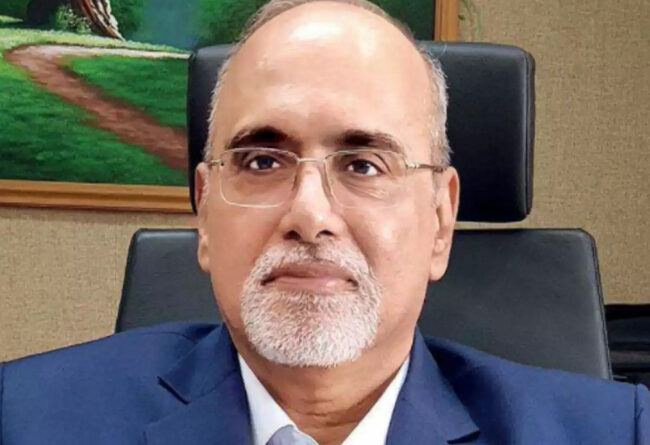NBFCs should convert into banks: Rao
Speaking at an industry event, Rajeshwar Rao, deputy governor in charge of banking regulation and risk monitoring at Reserve Bank of India, called for a calibrated and graded regulatory framework for non-banking finance companies (NBFCs) proportionate to their systemic significance.
Systemically important NBFCs must be identified and subjected to a higher degree of regulation, he said, adding there cannot be a ‘one-size-fits-all’ prescription in the regulatory approach for NBFCs.
“Such non-bank finance companies should have incentives either to convert into a commercial bank or scale down their network externalities within the financial system. This would make the financial sector sound and resilient while allowing a majority of NBFCs to continue under the regulation-light structure,” Rao said.
India has 9,601 shadow banks, of which the top 50 account for 80% of market share by loans. Over the years, the flexibility that accompanied loose regulation has enabled NBFCs to serve last-mile customers. Between 31 March 2009 and 31 March 2019, the total assets of NBFCs grew at a compounded annual growth rate of 18.6%, while bank balance sheets grew at 10.7%.
Linkages have been deepening between banks and shadow lenders. At the end of the last financial year, NBFCs were the largest net borrowers of funds from the financial system, of which, more than half of the funds were from banks.
The collapse of an infrastructure financier in 2018, the government seizure of a mortgage lender in 2019, and the resulting cash crunch in the system revealed flaws intrinsic to NBFCs. Many NBFCs found themselves cash-strapped due to skewed asset-liability management practices with short-term borrowing funding long-term assets, imprudent lending practices, and lack of due diligence coupled with ambitious growth targets.
“It is imperative to strike a balance between regulating the NBFCs more tightly and the need to provide them the required flexibility. This will remain the cornerstone while we imagine the future of regulation for NBFCs,” Rao said.

